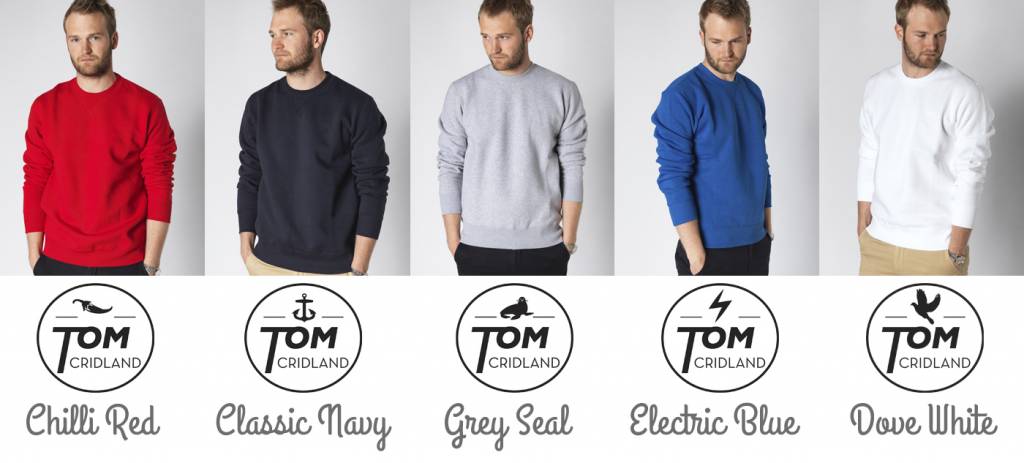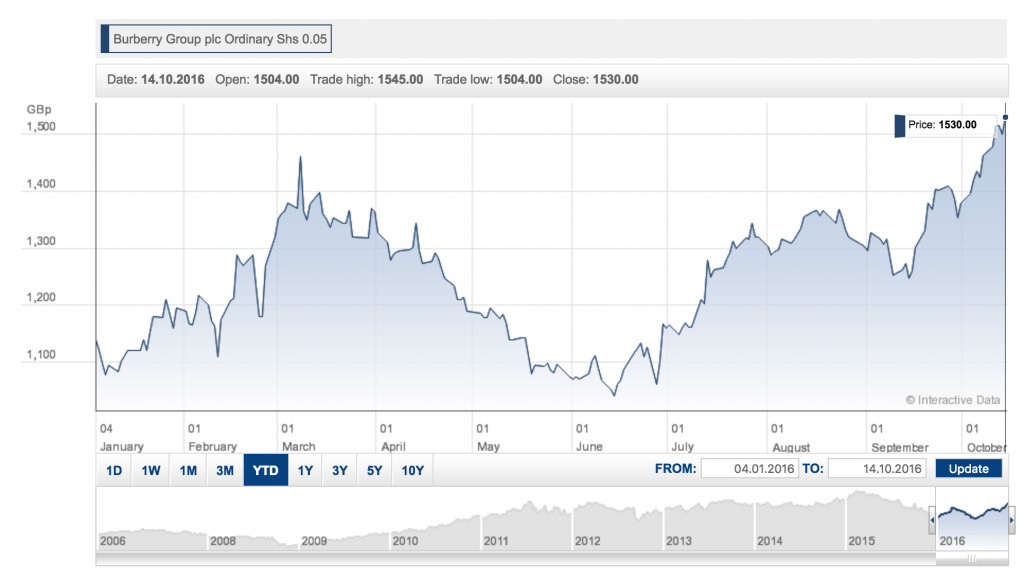London Fashion Week ended at a high in mid-September, unveiling floral prints and Victorian ruffles.
Caroline Rush, Chief Executive of the British Fashion Council (BFC) said: “This is the first international event on our shores since the EU vote and it’s definitely sparked a lot of interest from all over the world. We need to send them a clear message that London is open to outsiders and the UK is a place of business opportunity.”
But what challenges does the fashion industry face in terms of sector financing and growth in a post-Brexit world? The Trade Finance Global team took a deep dive into the fashion industry and how it affects exporters.
Eye On: The Finance of Fashion
The fashion industry was worth some $36bn US dollars in 2014, up 8% from the previous year, according to the BFC. The fashion business cycle is one of the most complex, highly seasonal and requiring planning one season in advance.
Fashion is a bit like finance, picking the right outfit requires sourcing the different pieces, the headgear, outfit, shoes and jewellery. Running a fashion business also involves bringing together lots of moving counterparts: sales and marketing, finance and cashflow management, logistics and transport. But if you get it right, it can reap rewards.

Tom Cridland, a UK fashionista, started his business with a £6k government loan. Tom Cridland has organically grown his company and is now turning over £1m a year, and continues to grow.
The company is famous for its 30 Year Collection, including a jumper with a 30 year warranty.
“Starting the brand with just £6,000! We only managed to afford our first stock order by manic word of mouth promotion, flyers, online newsletters and social media for a pre-order sale we ran off the less than impressive first incarnation of tomcridland.com. We’ve grown the brand organically with no further investment to a turnover of £1m, to become a leading sustainable fashion brand and to have had the honour of making clothing for the likes of Leonardo DiCaprio, The Elton John Band and Daniel Craig. We’ve really had to dig deep in terms of late nights, long hours and perseverance but in the end I think it all boils down to the quality and simplicity of our garments and our unique “30 year” pledge to our customers.”
But getting it right is difficult. Ensuring the manufacturing, supply chain, logistics works in the industry of fashion and textiles is so important. The fashion sector delivers some £12bn in gross value added (GVA) every year, according to the UK Fashion and Textiles Association. It also exports over £8bn annually.
Considerations for Financing a Fashion Business
For UK exporters of fashion goods, we’ve put together some top tips and considerations for exporters, as well as highlighting ways fashion companies, being such seasonal businesses, maintain working capital throughout the year.
1. Supply Chain Finance or Stock Finance Facilities can help bridge the finance gap
Supply Chain Finance (SCF), also known as reverse factoring, is a cash flow management solution which allows suppliers faster payment from larger buyers. Fashion businesses can use purchase orders to allow a financing house to fund the production of stock (e.g. clothing or textiles) and once they send invoices to their buyers, invoices can be sold, or factored by the same finance house.
Many producers of fashion textiles or clothing use Supply Chain Finance to help free up working capital and strengthen their balance sheet. Alternatively, a trade finance facility can be used when importing goods such as raw textiles from abroad from the same supplier. A Letter of Credit is an instrument that can be used to advance payment to the supplier, allowing for them to be able to fund the cost of the transaction up front, negotiate better terms, get larger orders and also grow a stronger relationship between the supplier and the buyer.
2. Exporting is on the rise post-Brexit, and probably the best time to export
Following a tumultuous EU referendum, where Britain voted leave on the 23rd of June, the pound dropped to a 31 year low against the US dollar, and an 8 year low against the euro. But a weak pound has given opportunities to UK exporters.
FTSE 100 company Burberry has seen share prices soar since June, particularly after London Fashion Week, when it revealed new collections. As the pound has weakened, UK inbound tourism has peaked, encouraging spending at fashion outlets including Burberry.

CAPTION: Burberry Share Price since May 2016. Source: Hargreaves Lansdown
The pound weakening is generally seen as good news for exporters, particularly in the fashion industry, although a word of caution; the costs to import goods and raw materials may have risen relatively, potentially squeezing profit margins.
3. Think about currency options when you’re planning for next season
In the global world of the fashion sector, buyers will want to purchase goods or pay for items in different currencies. When trading on lengthened payment terms (e.g. 30-90 days), it makes sense to protect currency volatility and have a secure balance sheet.
As we’ve seen over the last few months, currency pairs, particularly GBP/USD and GBP/EUR have seen huge swings. It’s important that any fashion businesses with large exposure to foreign currency consider foreign exchange contracts, which could in fact minimise risk from market volatility and give an element of certainty when it comes to costs and future cash flow.
As with all businesses, planning, and understanding the detail is key. Understanding how to finance the business, knowing about margins, and getting stock-to-sales ratios when purchasing, can help you be successful in tough trading environments. With the added complexity of fashion buying cycles, despite the huge growth and interest in fashion and textiles as a sector, it’s an exciting time to be in fashion!























